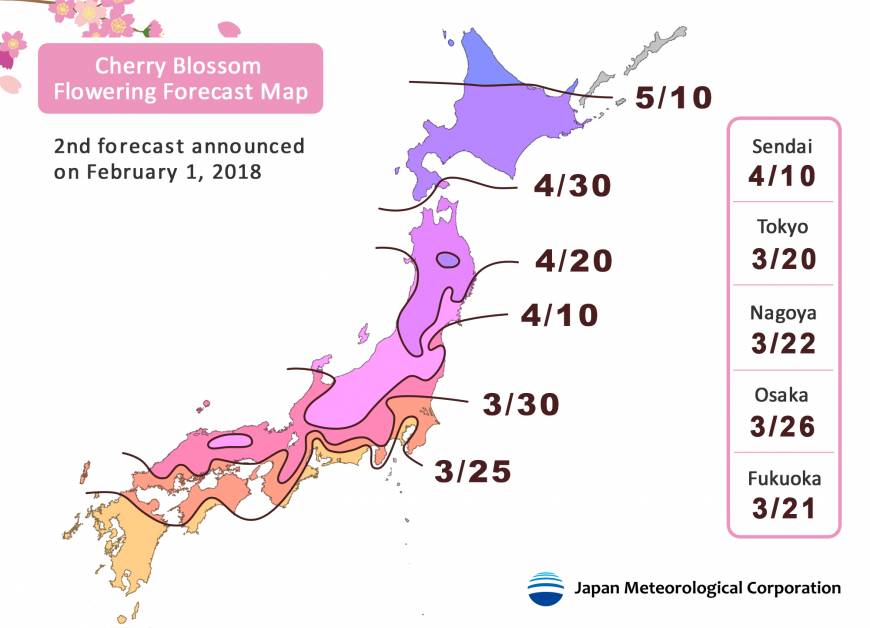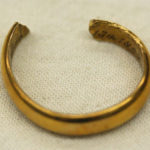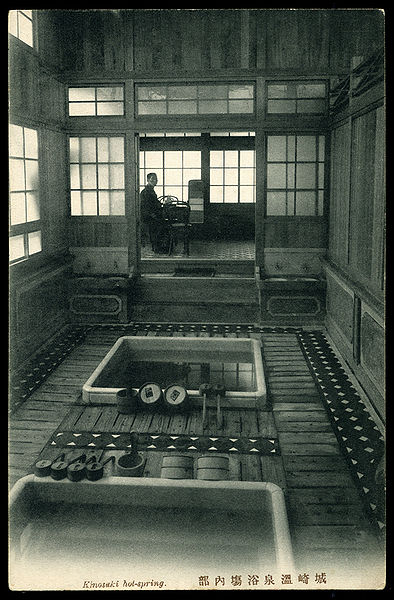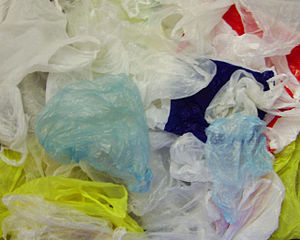Since I came to Japan, right after I had left academia, I did not set foot into a university anymore. Okay, not entirely true: I had a few German-Japanese exchange classes at Kyoto University, and I met friends there when they came over for a conference. However, I hadn’t listened to a scientific lecture in 5 years.
Until today. This afternoon, there was a Research Colloquium in the RIHN Research Institute for Humanity and Nature called Rethinking Environmental Praxis, Disciplinarity, and Subjectivity. And since the language was English/Japanese (with an emphasis on English), I took the opportunity to spend an intellectually stimulating afternoon!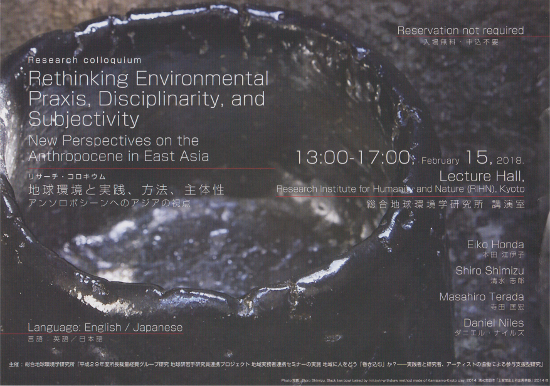 There were three talks, the first one by a PhD student; the title was Ecologies of Knowledge and Practice: Perspectives from Japanese Studies and the Environmental Humanities. Unfortunately, I was a bit late to this one, and I must have missed something important in the beginning, because I was completely lost… But then again, reading the first sentence of her introduction on the colloquium’s flyer, I knew I wouldn’t have much chance to begin with:
There were three talks, the first one by a PhD student; the title was Ecologies of Knowledge and Practice: Perspectives from Japanese Studies and the Environmental Humanities. Unfortunately, I was a bit late to this one, and I must have missed something important in the beginning, because I was completely lost… But then again, reading the first sentence of her introduction on the colloquium’s flyer, I knew I wouldn’t have much chance to begin with:
…investigates non-Cartesian intellectual and cultural histories of nature that emerged between Europe and Japan and their relevance to the practice of knowledge, including knowledge gained from practice, today.
Again: this was meant to be a research colloquium, so she was addressing her peers, perfectly fine that I didn’t get it. If somebody could explain the above paragraph to me though…
The other two talks were much more accessible. The second one was by a Kyoto potter who at some point decided to make his ceramics with clay personally dug up from various locations in Kyoto. He showed many pictures of the clay he used to make particular objects with. What fascinated me most were the different colors of the clay from around Kyoto: from almost white, to a strong yellow, a greenish hue, navy, and black. I had no idea that simple clay could have that many colors – I only know gray one! He also explained that he likes to “feel” the clay before deciding what to make out of it, and that some types of clay “do not stand”, which means they can’t be formed to cups for example.
The third talk was called Environmental Subjectivity Seen from View Point of Language and Perception. I have learnt today that Japanese apparently has a persecution complex, and that the individual’s position of persecution and passivity is characteristic of the Japanese language. For example, instead of saying “I waited an hour for the bus”, some Japanese would phrase it as “I was made to wait an hour for the bus” or “I was escaped by my girlfriend” instead of “my girlfriend escaped me”.
The speaker also explained that in Greek and Latin, there are three types of speech patterns or verbs: active – middle – passive, and that the middle one would be for things you cannot really influence or consent to, like being born for example. He also sees more words than we would think as active: For example, “to rule” is active (obviously), but also “to be ruled” is an active act because it requires the consent of the individual. I found this the most interesting talk – I understood the basic concepts, and there’s plenty to take home and think about.
Unfortunately, the talk was cut a bit short because of time constraints, and also I have to say: the presentation was truly awful! We got the typical “let me write this all on the screen and then I’ll read it off for you” thing which already drove me crazy during my own time at university. This is forgivable for a student, but the guy is an associate professor for crying out loud! Are there no standards in Japan? Had I ever given a talk like this in public, my PhD advisor would have kicked me to the curb – and rightfully so!
Anyway, I had a nice and stimulating afternoon. It would be cool to go to more talks like this. I wonder if there’s already an event calendar for that kind of stuff…
 Day by day and step by step, I am leaving Europe behind further and further. Today I received my final tax return from the last year I (partially) lived in Germany. Because that last year I spent only 4 months in Germany altogether, and a bit less even working there, I expected quite a bit of taxes back – and happily, I was not disappointed. In fact, that one tax return is more than I ever made otherwise in a single month, which is a bit sad, really.
Day by day and step by step, I am leaving Europe behind further and further. Today I received my final tax return from the last year I (partially) lived in Germany. Because that last year I spent only 4 months in Germany altogether, and a bit less even working there, I expected quite a bit of taxes back – and happily, I was not disappointed. In fact, that one tax return is more than I ever made otherwise in a single month, which is a bit sad, really.

